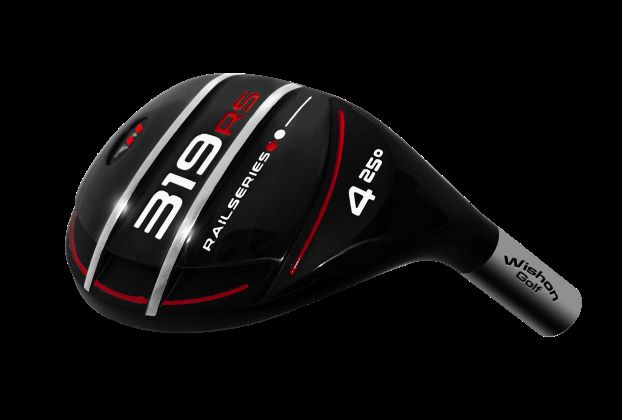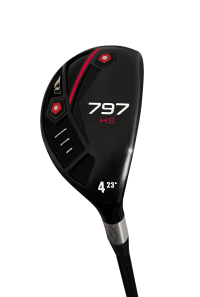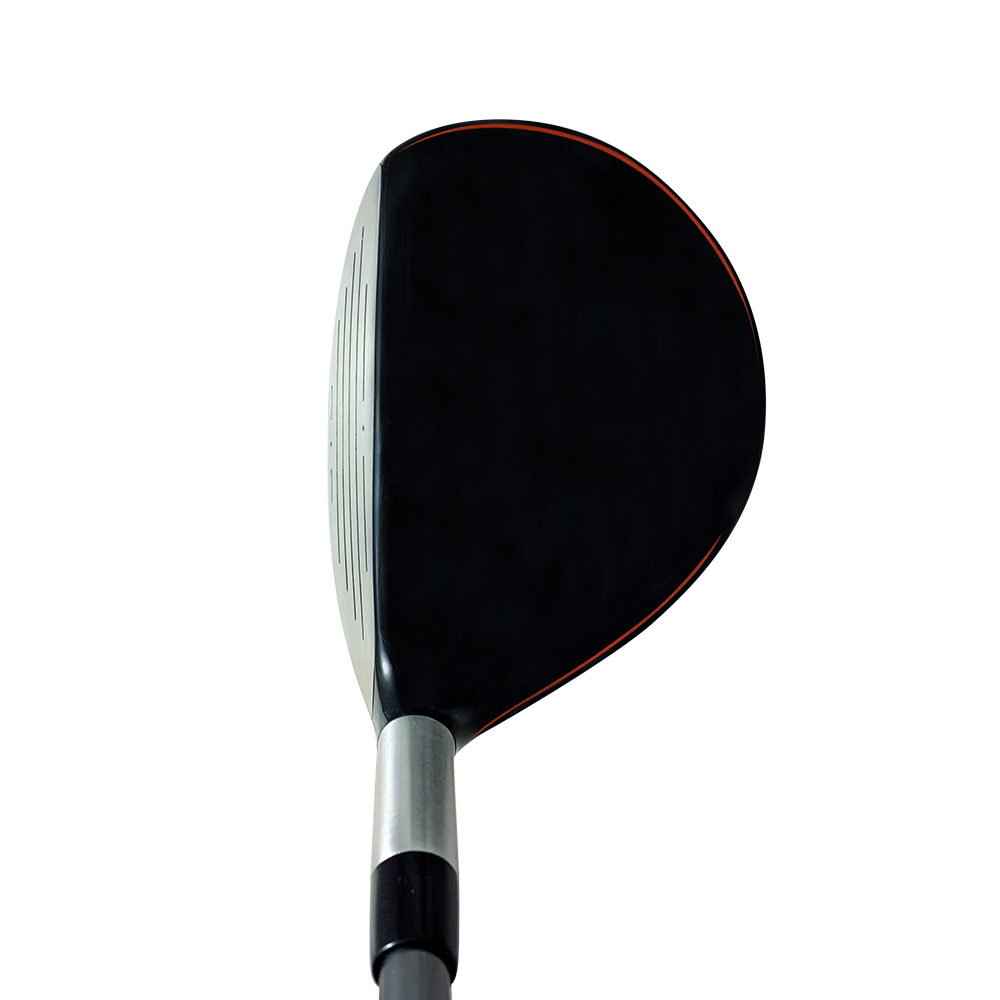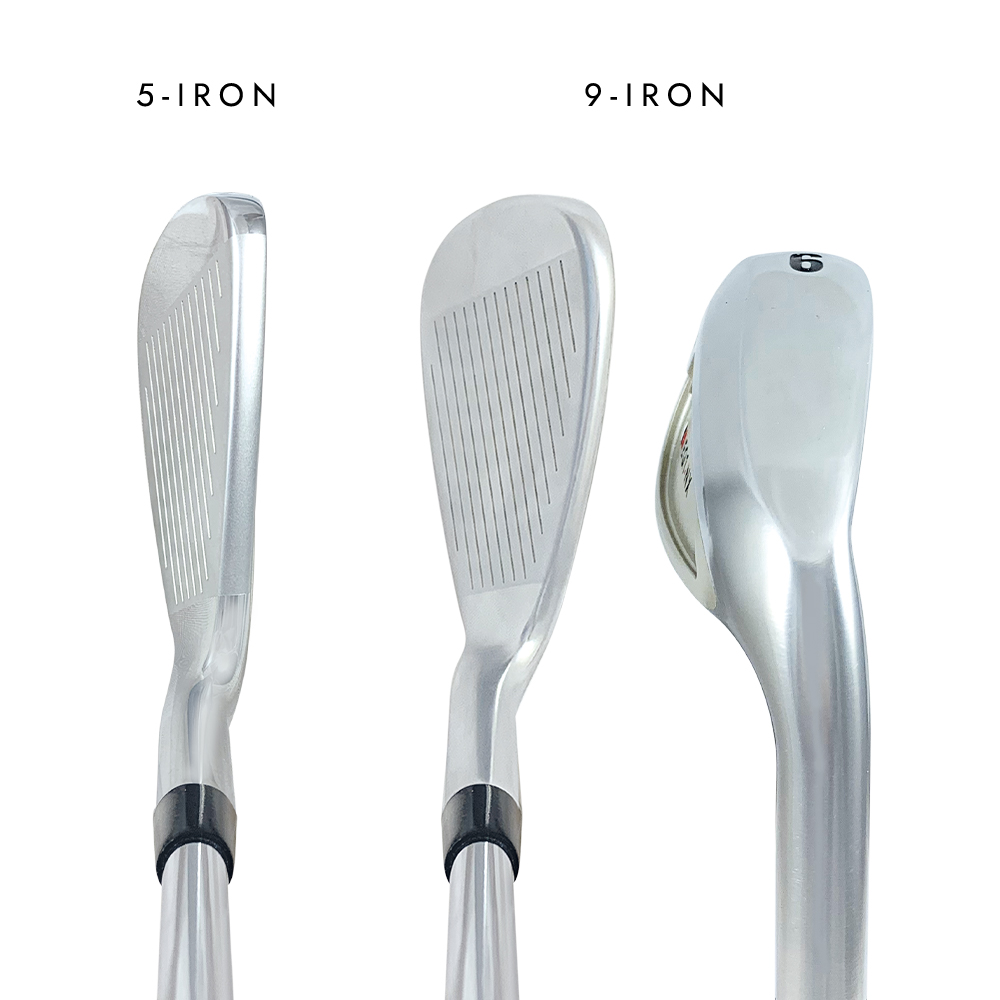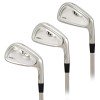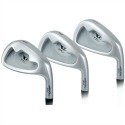CAVITY BLACK Wishon’s collection of quality Putters
Open
Cavity Design in these putters allows a higher MOI for superb off center hit
performance
Three Mallet style designs with different alignment aid options to fit a wide
range of golfers
The Cavity Black Heel/Toe model is oversize for easier alignment and higher MOI
Black Oxide finish with striking red and bead blast highlights
All models available in RH
Models 1 and 3 are available in LH
Head: Investment Cast 17-4 Stainless Steel
CB1 PUTTERS
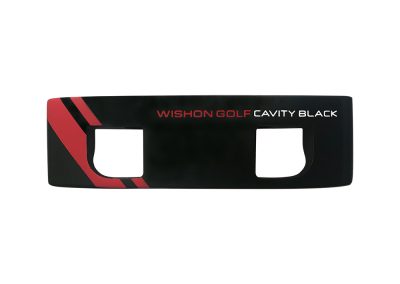 |
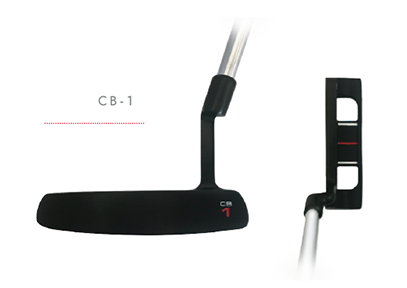 |
TWCB1: MOI: 5596 g-cm sq. Loft: 3*, Lie: 71*, RH/LH
Head Weight: 355 grams Shaft: Straight
CB2 PUTTERS
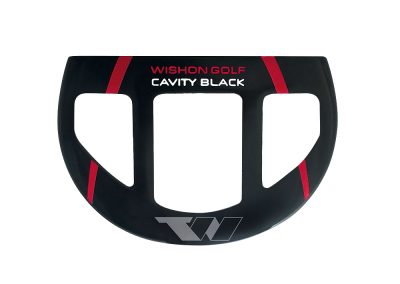 |
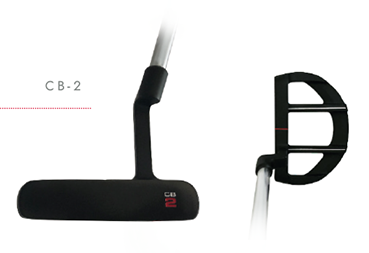 |
TWCB2: MOI: 4920 g-cm sq. Loft: 4*. Lie: 72*, RH only
Head Weight: 365 grams Shaft: Straight
CB3 PUTTERS
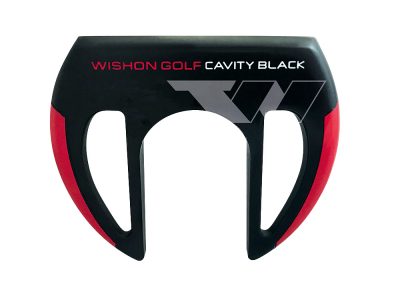 |
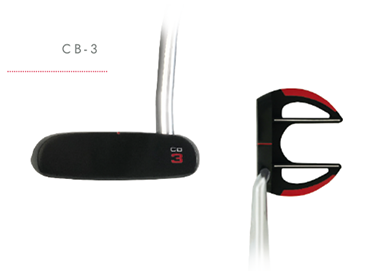 |
TWCB3: MOI: 4368 g-cm sq. Loft: 3*, Lie: 90*, RH/LH
Head Weight: 350 grams Shaft: Single Bend/Offset Double Bend
CB4 PUTTERS
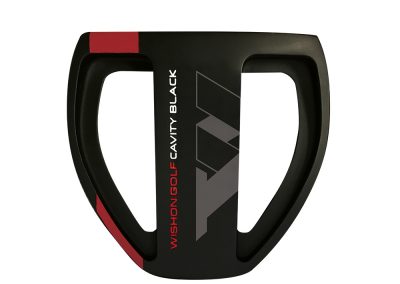 |
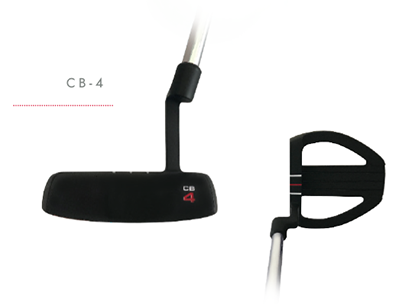 |
TWCB4: MOI: 5384 g-cm sq. Loft: 3*, Lie: 72*, RH only
Head Weight: 380 grams Shaft: Straight
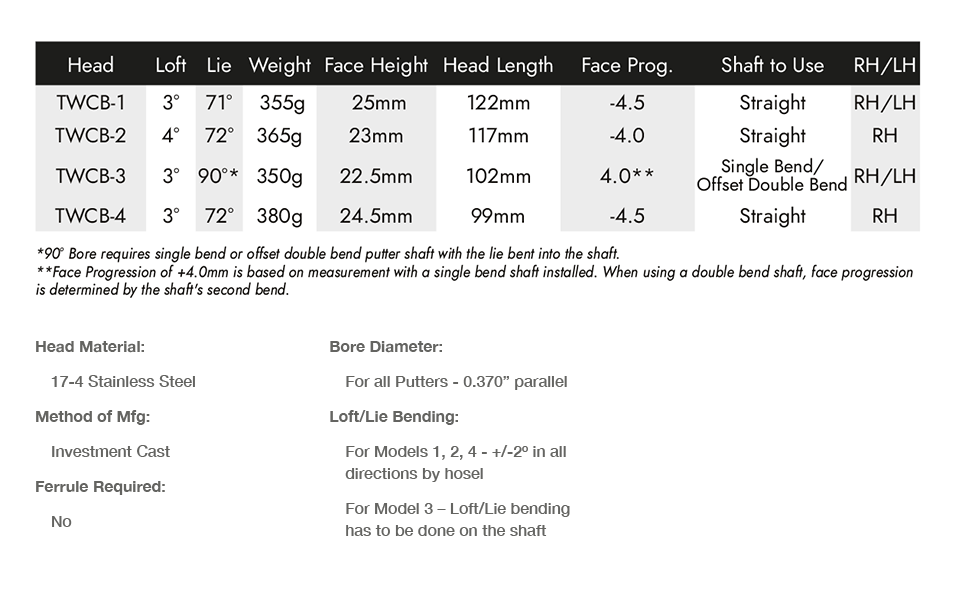
”ALL PUTTERS are Custom Fitted to Length”
What is MOI in golf?
MOI is an acronym that stands for “moment of inertia.” This measurement (grams per centimeter squared) shows how much resistance a clubhead has to twisting. The higher the MOI reading, the more resistance it has and the more forgiving the club will play. For most golfers, high MOI is a good thing.
Since March 1, 2006, the United States Golf Association (USGA) has imposed a limit on maximum moment of inertia (MOI) of golf clubheads, including putters. The limit is on moment of inertia around the vertical axis through the clubhead center of gravity (Izz). On April 11th 2006, the USGA announced that the maximum allowed MOI has been revised to 5,900 g-cm2 with a tolerance of +/- 100 g-cm2.
1. Why impose a limit on moment of inertia?
Moment of Inertia (MOI) is a measurement of a clubhead's resistance to twisting. It is a strong indication of the "forgiveness" of a clubhead - that is, the extent to which a good result can be achieved from a less than ideal contact with the ball. Further increases to MOI could reduce the challenge of the game by reducing the skill required to hit the ball straight.
As stated by the United States Golf Association in a communication to golf manufacturers in March 2005, "moment of inertia of driver heads has approximately tripled over the past 15 years. The USGA is concerned, however, that any further increases in clubhead moment of inertia may reduce the challenge of the game. Future materials with greater strength and lower weight than materials currently used in clubheads could potentially enable significant further increases in moment of inertia. There may be other means of further increasing moment of inertia as well."
Research conducted by the USGA has shown that the clubhead size limitations already in place will not effectively prevent increases in clubhead moment of inertia beyond the levels achieved by clubs submitted to the USGA in 2005. The USGA has allowed substantial increases in MOI, but it now believes that a limit is appropriate.
2. How is the rule enforced?
Every new club, including putters, needs to be submitted to the USGA to test conformance with the Rules of Golf. Every club that has been submitted to the USGA and already been ruled conforming to the Rules of Golf by the USGA remains conforming with the limit on moment of inertia.
Every new club as submitted by the club manufacturer will be tested for MOI around the vertical axis through the clubhead CG. Clubs with movable weight designs need to meet MOI limits in all intended configurations.
The USGA will use its own test rig to measure a clubhead. If the measured MOI is under 6,000 g-cm2 (5,900 + 100 for tolerance), the clubhead passes the test. If it is over, it fails the test.
Wishon measures and publishes the M.O.I. of all his putters.
Try getting the M.O.I. of your putter. Good Luck!
Your first paragraph ...



